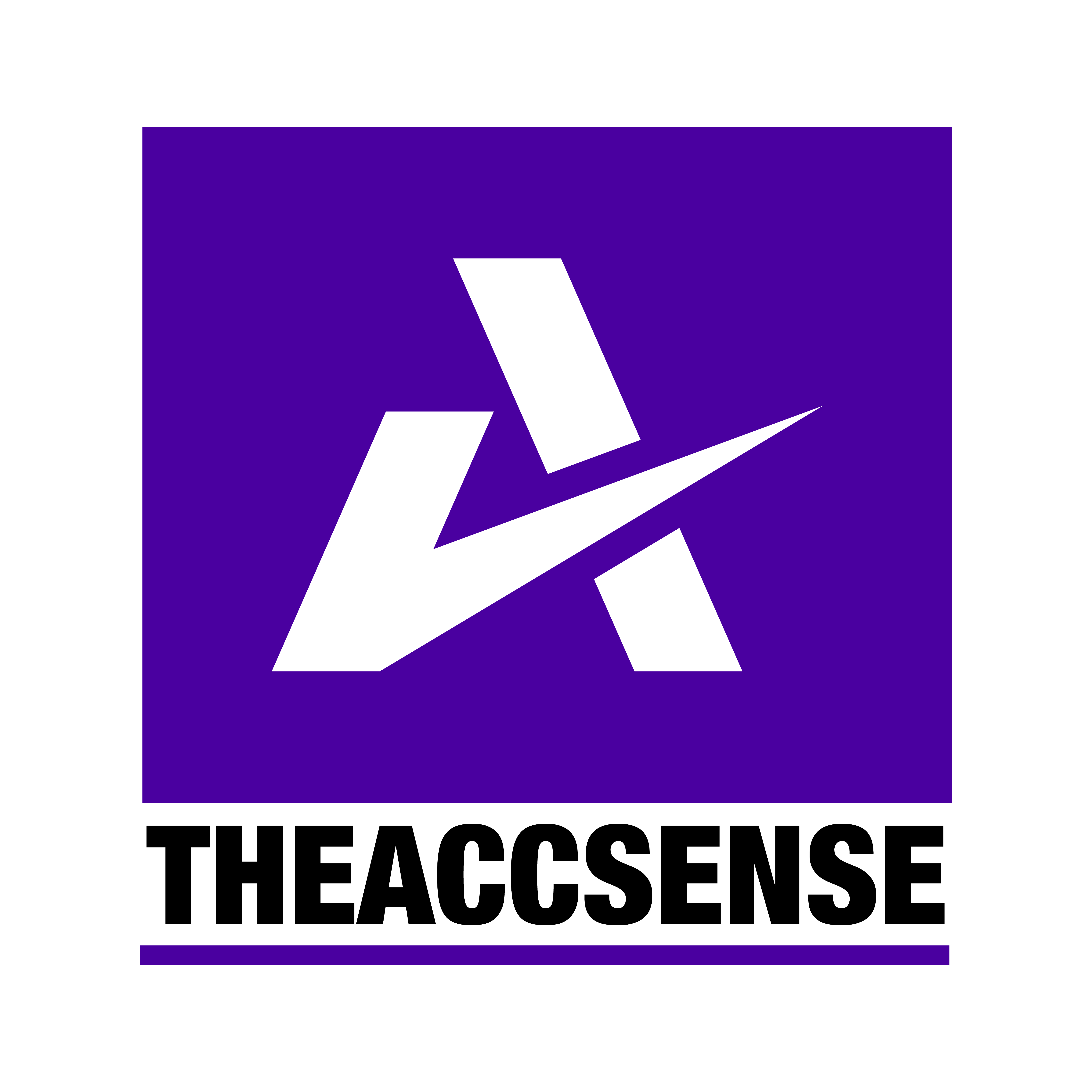MPSAS 23 Revenue From Non-Exchange Transaction (Taxes and Transfers) is another interesting accounting standard for the public sector entities. Similar to MPSAS 21: Impairment for Non-Cash Generating Assets, this accounting standard is not available for entities in the private sector.
It is common for public sector entities to receive resources without giving back in return the approximate value of the resources received. For examples, taxes and transfers (grants, concessionary loans). In other scenarios, public sector entities receive resources without giving anything in return such as donations and gifts received. In fact, revenue from non-exchange transactions represent a significant portion of public sector entities revenue. This is due to their nature – i.e. to provide goods and services to the public at large. We have covered this in MPSAS Series: Why there is a need for public sector accounting standards?
Let’s now go into the details of this standard.
What is the definition of revenue from non-exchange transactions?
MPSAS 23 does not provide a specific definition of revenue from non-exchange transactions. MPSAS 9 Revenue from Exchange Transactions, however, provides guidance on what is a non-exchange transaction.
Taking this guidance into context, revenue from a non-exchange transaction is revenue arising from a transaction where an entity receives value from another entity without directly giving approximately equal value in exchange. It means, in a non-exchange transaction, an entity either provides:
- no or nominal consideration directly in return; or
- some consideration but that consideration does not approximate the fair value of the resources provided.
There are also some tricky transactions where they are not entirely clear whether it is an exchange or non-exchange transaction. In this situation, an entity needs to assess the substance of the transaction to determine the appropriate classification. Note that a reduction in the price due to trade discounts, rebates and other similar reductions do not necessarily mean such a transaction is a non-exchange transaction.
Having considered the discussion above, an entity in the public sector may have revenue from a non-exchange transaction when:
- It receives resources without giving approximates equal value in exchange such as donations, grants taxes and others.
- It sells or provides goods and services without receiving equal value in exchange such as providing goods to the public at a subsidised price.
How and when to recognise revenue from non-exchange transactions?
MPSAS 23 provides an illustration of the analytic process an entity undertakes when there is an inflow of resources.

Entities recognise revenue at the same time when it recognises the asset (cash or other types of assets). MPSAS 23 requires an entity to measure the revenue at the amount of the increase in the net assets. So, where an entity has satisfied all of the obligations related to the inflow, the amount of revenue entities recognise is equal to the amount of asset. Entities measure the revenue and asset at the fair value as at the date of acquisition.
This happens when, for example, there are conditions to the transferred assets. In such a situation, instead of revenue, an entity recognises a liability. It measure the liability based on the best estimate of the amount required to settle the present obligation at the reporting date. The measurement also takes into consideration the time value of money if it is material.
An entity will only recognise revenue when it satisfies the present obligation related to the transaction by reducing the carrying amount of liability. For this, an entity recognise revenue at an amount equal to the reduction of the carrying amount of the liability.
How to determine if there is a condition attached to the transferred assets?
MPSAS 23 states that the assets transferred to the public sector entities may come with stipulations. Stipulations on transferred assets are terms in laws or regulations, or a binding arrangement imposed upon the use of a transferred asset by external entities. Stipulations can either be a condition or restriction. The accounting for the two are different.
The definition of the two are as follows:
- Restriction on a transferred asset – stipulations that limit or direct the purposes for which a transferred asset may be used, but do not specify that future economic benefits or service potential is required to be returned to the transferor if not deployed as specified.
- Condition on a transferred asset – stipulations that specify that the future economic benefits or service potential embodied in the asset is required to be consumed by the recipient as specified or future economic benefits or service potential must be returned to the transferor.
An entity recognise a liability only if the stipulation constitutes a condition. This is because conditions require an entity to return the future economic benefits or service potential to the transferor if it breaches the stipulation. An entity, however, does not recognise a liability for restriction.
Substance over form consideration
MPSAS 23 emphasises for public sector entities to consider the substance of the terms instead of merely their form. This means a mere clause to require an entity to return the asset if not consumed is not sufficient to justify the recognition of liability.
MPSAS 23 requires an entity to consider whether the requirement to return the asset or other future economic benefits or service potential is:
- enforceable; and
- would be enforced by the transferor.
A stipulation which cannot be enforced by the transferor is a restriction. Additionally, if the transferor never enforces the requirement in the past when breaches have occurred, it is a restriction. This is because the stipulation has the form but not substance.
What if an entity has no experience with the transferor or has not breached stipulation in the past? In this situation, the entity treats a stipulation as a condition, assuming that the transferor would enforce the stipulation.
What are other considerations for revenue from non-exchange transactions
MPSAS 23 also provides discussion and consideration for specific revenue from non-exchange transactions as follows:
- Taxes – an entity recognises an asset when the taxable event occurs and the asset recognition criteria are met. Taxation revenue will only be recognised by the government that imposes the tax and not its agent. Taxes also do not meet the definition of contribution from owners. An entity recognises revenue from taxes when the taxable event has occurred.
- Debt forgiveness and assumption of liabilities – An entity recognises revenue arising from debt forgiveness when the former debt no longer meets the definition of liability or satisfies the criteria for recognition of a liability. Additionally, it is also possible for an entity to treat debt forgiveness as a contribution from owners. Hence, it needs to assess this. An entity measures the revenue from debt forgiveness at the carrying amount of the debt forgiven.
- Fines – An entity recognises revenue from fines when the receivable meets the definition of an asset and satisfies the criteria for recognition as an asset.
- Gifts and donations – An entity recognises revenue for gifts and donations when it is probable that the future economic benefits or service potential will flow to the entity and the entity can measure the fair value of the assets reliably.
- Services-in-kind – MPSAS 23 states that an entity may recognise services-in-kind as revenue and as an asset.
- Concessionary loans (loans received below-market terms) – an entity will need to assess the exchange element/portion and whether the difference between the transaction price (loan proceeds) and the fair value of the loan on initial recognition, is a non-exchange transaction as per this standard.
Conclusion
The full details of MPSAS 23 Revenue from Non-Exchange Transactions (Taxes and Transfers) is available on the website of the Accountant General’s Department of Malaysia for your reference.
We will continue to discuss other MPSAS in the upcoming articles. Meantime, please enjoy other articles in the Financial Accounting section.

